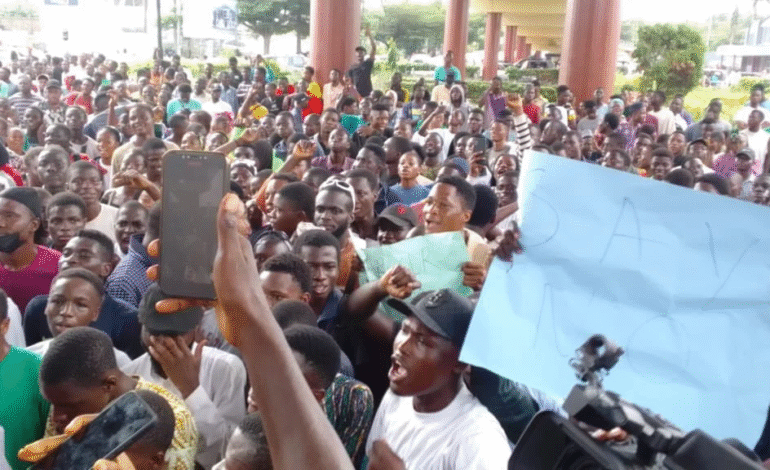Tax Credit Housing Project Costs Continue To Be "Ridiculous."

Sen. Todd Young (R-IN) talks to reporters just off the floor of the Senate Chamber. Senator Young ... More remains one of the biggest boosters of the Low Income Housing Tax Credit (LIHTC) program in spite of it's costs (Photo by Chip Somodevilla/Getty Images)
Getty ImagesThere is a shocking story in the Washington Post with the headline, These publicly funded homes for the poor cost $1.2 million each to build. For me, what’s shocking is not the cost, but that there is surprise among the people quoted in the story, especially a Washington D.C. City Councilmember who attended a ribbon cutting for the project only later to find out the price tag. I’ve been watching the per unit cost of “affordable” housing, especially projects built using Low Income Housing Tax Credits (LITHC) climb for years. That simply is not a surprise to me or anyone else paying attention. That the Washington Post and local political leaders are just now figuring this out is scandalous and only emphasizes the ongoing need for reform.
The Post story highlights 5 projects that range from $785,293 per unit to the $1,182,017 per unit.
Costs for LIHTC projects continue to be "ridiculous."
Screen shot of chart by the Washington PostTaking the math further, that’s 468 units for a total of $438,262,683 or $936,458.72 per unit. To get a sense of the scale of this spending, consider that the average house in Washington D.C., according to Zillow, sells for $607,908, or $328,550.72 less than the average cost of the units created in these projects. Also consider that for the price of building 1 unit at the pricey Ontario Place project, one could buy two homes in the District of Columbia, priced at $591,008 each. Finally, in Adams Morgan where the Ontario Place project was built, the average price, again, according to Zillow, is just $597,832.
What’s the excuse? Jubilee, the developer, told the Post in a statement (they wouldn’t return phone calls), that “Placing deeply affordable housing in high opportunity neighborhoods with on site and nearby programs and services helps harness the power of zip code.” The Post explains that the developer believes that “The location promotes tenants’ success by connecting them to high-performing schools, transportation options, grocery stores and other advantages, the statement said.” For these prices, Jubilee could just buy all the tenants a new car and free food and delivery for life from Whole Foods.
And D.C. Council Chairman Phil Mendelson, according to the Post, called the spending “ridiculous” and “really disturbing.” I agree. And so would most people in the housing world. Yet the culprits behind these projects wouldn’t go on the record in an interview, and if they responded at all, sent a statement. The problem is the “power of the zip code” doesn’t make any sense. Why are market rate units, houses not apartments, selling – not renting – for half the cost of these rental units. If the “power of the zip code” was a real thing, it would have made more sense to buy 900 people houses in Adams Morgan and other DC neighborhoods rather than building them and having to operate them into the future.
But Mendelson is part of the problem too. He says in his comments that choices have to be made to avoid these kinds of costs. “But that analytical work has never happened.” But yes, it has. I’ve been doing it for years. About 6 years ago, I looked at 10 years of LIHTC projects in Seattle and found that the average cost per unit over the period was about $245,000 per unit. What I found is that, depending on the year, the costs per unit were almost always the same or higher than a typical single-family home. One of the most egregious cases was a project called 12th Avenue Arts that rang in at $47 million for 88 units, a total development cost of $534,000 per unit.
I wrote about that project in 2016 in a post titled When Will Affordable Housing Advocates Push For More Supply, Fewer Rules? The answer, based on the numbers from D.C. seems like never. One of the people that is most stubborn in their support of these spendy projects is Senator Todd Young, a Republican from Indiana. In his state there is one project, Artesian Place in Martinsville, Indiana with a price tag of $15,307,352 for 34 units, a total development cost of $450,216 per unit. How much to buy a single-family house, with three bedrooms in Martinsville? Listings on Zillow range from $200,000 to $450,000. According to Senator Young in a recent statement expressing his support for the expansion of LIHTC, this sort of “investment” will “help to tackle the housing affordability crisis head on to help Hoosier families, expand our workforce, and strengthen our communities.”
Senator Young needs to turn over his membership card in the conservative club if he’s going to support such profligate spending. If a Republican from Indiana won’t hit the pause button on this sort of outrageous spending, it’s difficult to see where the political will can come from. I thought maybe total development cost hitting $1 million per unit might be the threshold that would start a move toward reform. But as I put it in a post here a few years ago, Senator Young and his fellow LIHTC boosters seem to be saying what Nixon told John Dean when the later said keeping Watergate quiet could cost $1 million dollars: “We could get that.”









